11 Days
Tailor-made
1 - 6 people
English
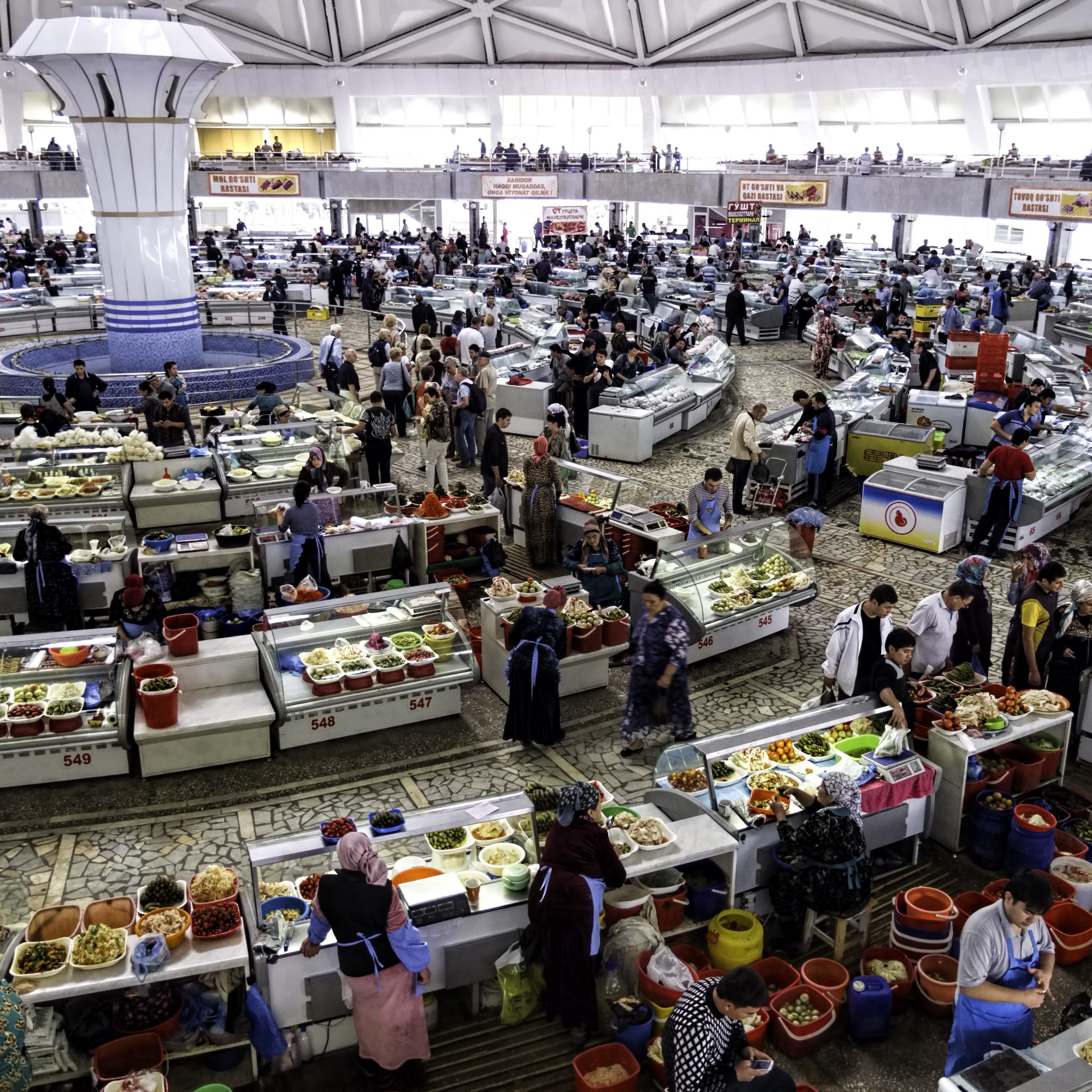
Arrive in Tashkent, and transfer from the airport to the hotel. Sightseeing and visits depend on your arrival time.
Accommodation: Shah Polan 3*
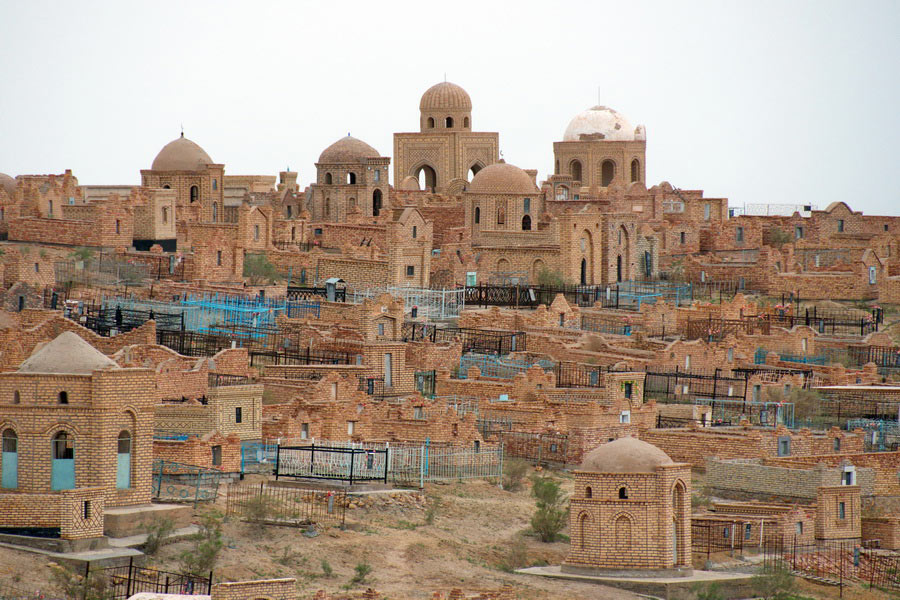
Morning flight to Urgench (40 min flight). Transfer from Urgench to Khiva (30 km 30-40 min drive) We'll start our city tour of Khiva at about 11 am. The starting point of the city tour will be the UNESCO World Heritage site Itchan-Kala Fortress, a living museum under the open sky. Then you'll visit other attractions of Khiva, Kunya-Ark Citadel, Tash-Khovli Palace, Mukhammad Aminkhan Madrasah, and Mukhammad Rahimkhan MadrasahLunch. We'll have lunch in an Uzbek traditional restaurant Then we'll continue the visit of Khiva, Ata-Darvaz, Kalta Minor, the Palace of the Allakulihan Khan of Khiva - TashHauli, where the harem of 40 concubines was, Caravanserai, Pahlavan Mahmud Gates, Mausoleum of SeydAllaudin, Pahlavan Mahmud Mausoleum, Minaret and Islam-Khoja Madrassah, Mosque and Jami Minaret. Dinner will be served in an Uzbek restaurant with folk live music.
Accommodation: Feruzkhan Hotel 3*
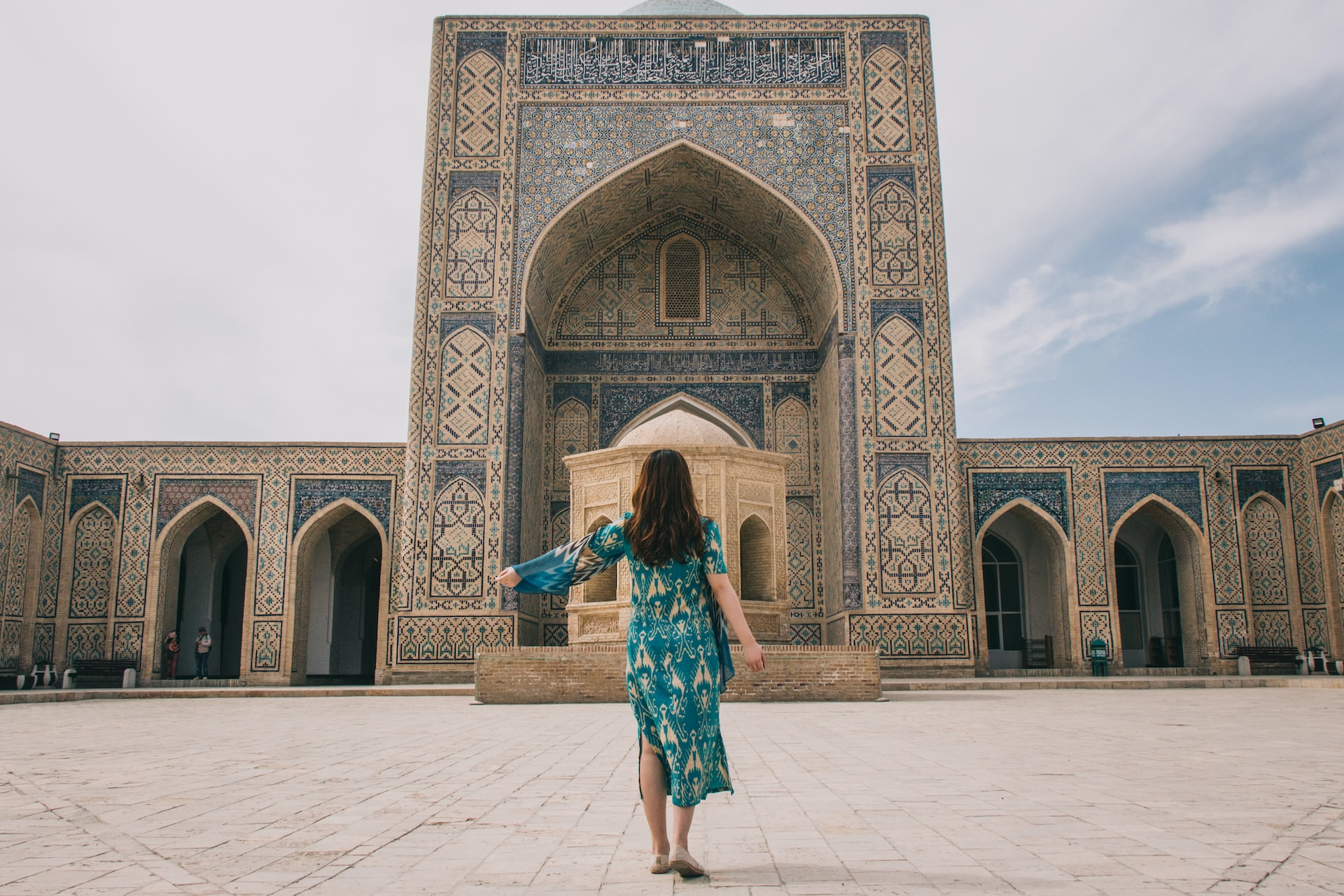
In the morning, you'll depart Khiva and drive to Bukhara. On the way, you'll stop in the village and explore the life of the local people. The Great Silk Road once routed through Bukhara and Khiva runs through the Kyzyl -Kum Desert, as the present road does nowadays. We'll also stop en route to enjoy views of the Amu Darya River and the desert. (Panoramic view of Amudarya and border Turkmenistan). Arrive in Bukhara late in the afternoon, and check in to the hotel.
Accommodation: Ayub Boutique Hotel
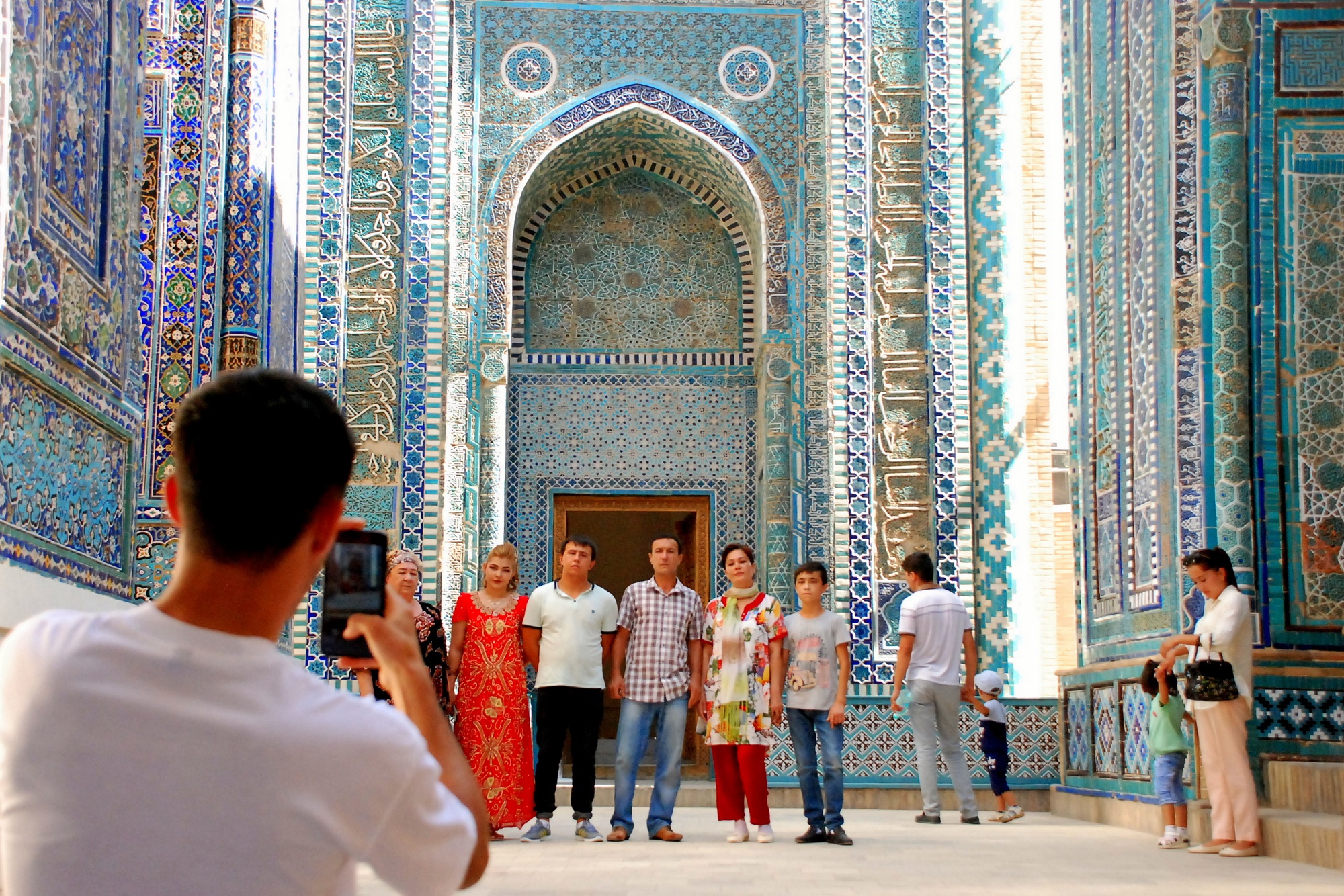
Full-day sightseeing tour with a guide in the Old City of Bukhara. We'll visit the yabi-Khauz Ensemble, Magoki-Attori Mosque, trade domes, Kalyan Minaret, Kalyan Mosque, Miri-Arab Madrasah, Ulugbek, and Abdulazizkhan madrasahs, Ark Fortress, Bolo-Khauz Mosque, Ismail Samani and Chashma-Ayub mausoleums.
Accommodation: Ayub Boutique Hotel
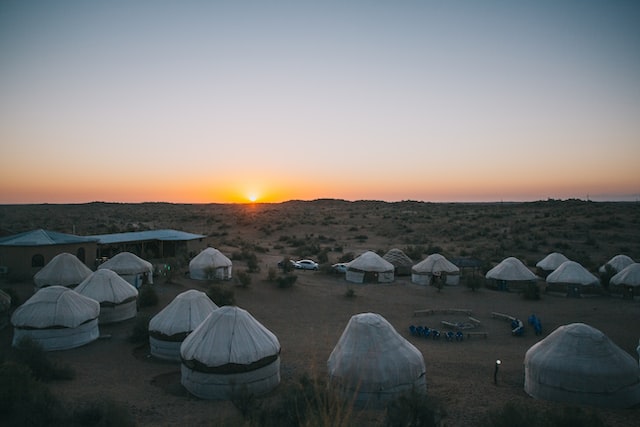
In the morning depart Bukhara and drive to a village located in Nurata Mountains (330 km, 5-6 hrs). We'll have an excursion to Nurata, which is an important complex for locals. The complex consists of a dervish monastery, with rooms for a ten-day and forty-day retreat, a 16th-century mosque erected in 1580 by Abdullah Sheibani, in place of the temple of fire worshipers (the foundation of the 9th century). The holy spring of Nur, the remains of the watchtower fortress of Alexander the Great. Local people believe that pure water and the Islam religion are the most important riches that God has bestowed upon them. Around the town, many sources of crystal clear water, are considered sacred. even Fishs which are living in springs and a pond are also considered sacred, so no one eats them. Then we transfer to the Yurt Camp in the Kyzyl Kum desert. the Yurt camp is located 10 km from the coast of lake "Aydarkul". In the camp, there are yurts, which are decorated with hand-made carpets and sherds of local craftsmen. Colorful patterns and chandeliers create an unusually festive atmosphere in the yurt. The yurt camp is also equipped with stationary toilets and showers with plumbing fixtures and a yurt wardroom where lunches and dinners take place. There is electricity access in this camp. Upon arrival at the yurt camp, you can taste the green tea, which will quench and calm your thirst. Before dinner, you can enjoy a spectacular sunset of the holy barkhans.
Accommodation: Yurt Camp
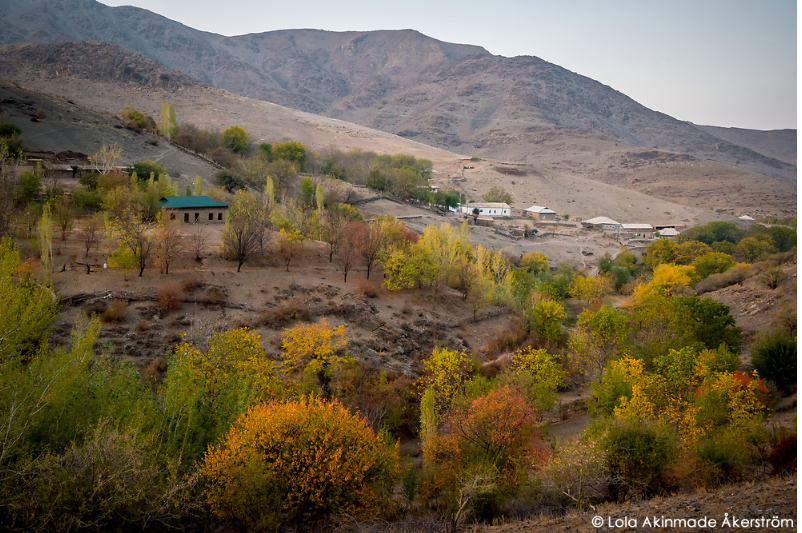
You'll have breakfast at the camp. You have the option to enjoy camel riding or walking with camels and enjoy observing the flora and fauna of a lifeless desert (up to 25 species of plants and diverse animals in the world). Then we'll drive to Lake Aydarkul. Aydarkul is called the "turquoise sea in the sands", with each year it expands, while the Aral Sea becomes shallow. The Lake in the middle of the desert is not a mirage, but a real miracle of nature. It is called Aydarkul. The origin of the crystal pure lake in the southeast of Kyzylkum desert is very mysterious. Although there is a scientific explanation. Earlier excess drainage waters discharged to Arnasay Hollow with saline land. But in the summer of 1969, extremely high water on the river Syrdarya exceeded the capacity of Chardarya Reservoir, and water filled the Arnasay Hollow. A lot of fish appeared in the lake. And today many species of animals from the sea have moved to the shores of an amazing lake. You will have a picnic on the shore of Aidarkul (fried fish will be served). After the picnic group will be transferred to Sentab village.
Accommodation: Local Guesthouse
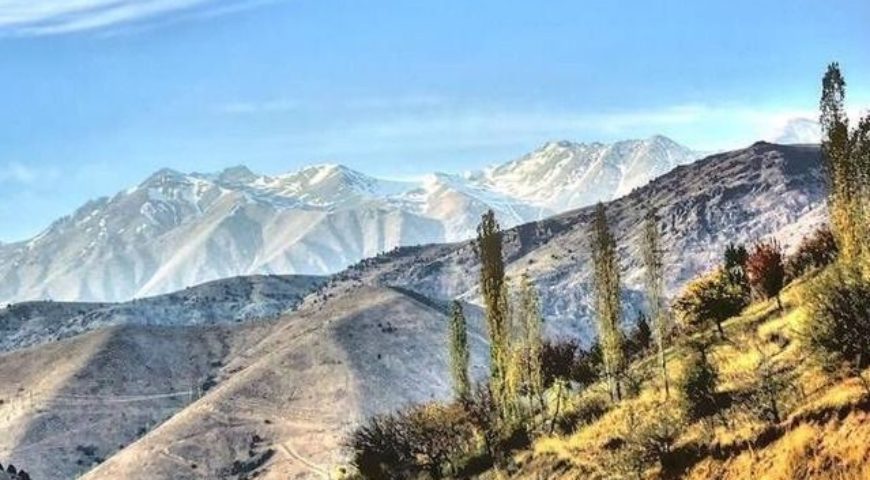
After having breakfast at the guesthouse, we'll have a half-day hiking tour around Asraf village This amazing village is located far away from roads and cities in a picturesque mountain area with fresh air, green orchards, singing birds, and friendly people you'll meet during hiking. different types of flora and fauna of the village are another attraction of this hiking. There are three main ethnic groups Uzbeks, Tadjiks, and Kazakhs that populate the Nuratau mountains and Kyzlkum steppe. Being the biggest ethnic group, Uzbeks arrived here in the 13th century from the north of present Kazakhstan, Second biggest group of Tadjiks have a more ancient settlement history dating back to the time of Alexander Greats' reign in Central Asia. The third ethnic group Kazakhs before settling at the beginning of the 20th century were living a nomadic lifestyle from place to place in the Kyzyl-Kum desert. We'll have lunch at the guest house and transfer to Samarkand (220 km – 4/5 hrs) When we arrive in Samarkand, we'll check in at the hotel.
Accommodation: Ideal Hotel 3*
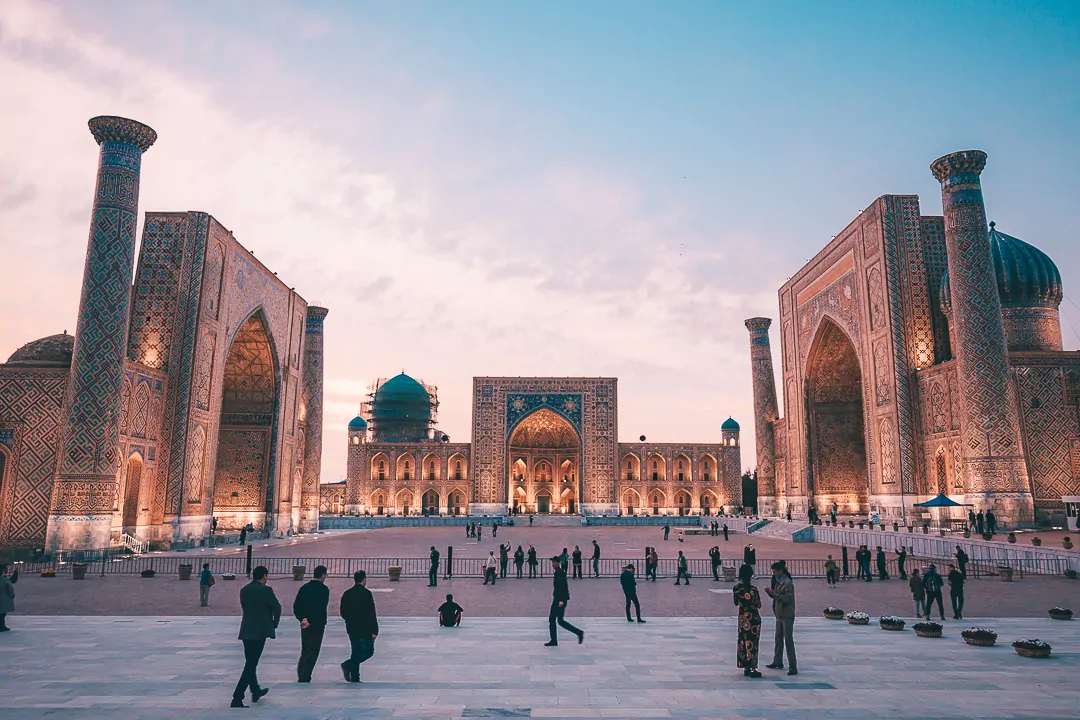
Today we'll have a full-day Samarkhand city tour. we will visit the mausoleum of Gur Emir, a burial place of Tamer Lang and other princesses of his family. The next visit will be Registan Square, the heart of Samarkand consists of Madrassa of Ulugbek, Madrassa Sher-Dor, and TillyaKori Madrassah. BibiKhanum Mosque, once the biggest mosque in Central Asia, was erected by order of Tamerlane after his victorious Indian campaign in 1399. ShakhiZinda(Alive King ) Necropolis, a site of pilgrimage visited since the 11th century and marked by holiness.
Accommodation: Ideal Hotel 3*
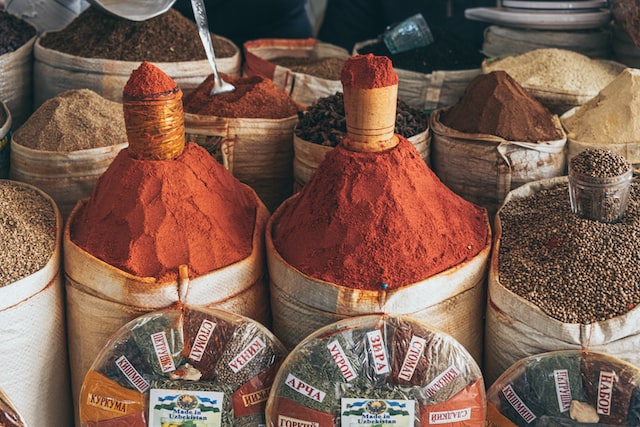
First, we'll visit Saint Daniel Mazar, the only palace place in central Asia where Muslims, Jewish, and Christian people are together. Then we'll visit Meros which is an ancient mill. After lunch, we have time to explore Samarkhand on our own and enjoy wandering in the local bazaar and socializing with locals. At about 18:00 evening, we'll take a high–speed train “Afrosiyab” to Tashkent which takes about 2 hours to arrive. We'll transfer to the hotel, check in and rest.
Accommodation: Shah Polan Hotel 3*
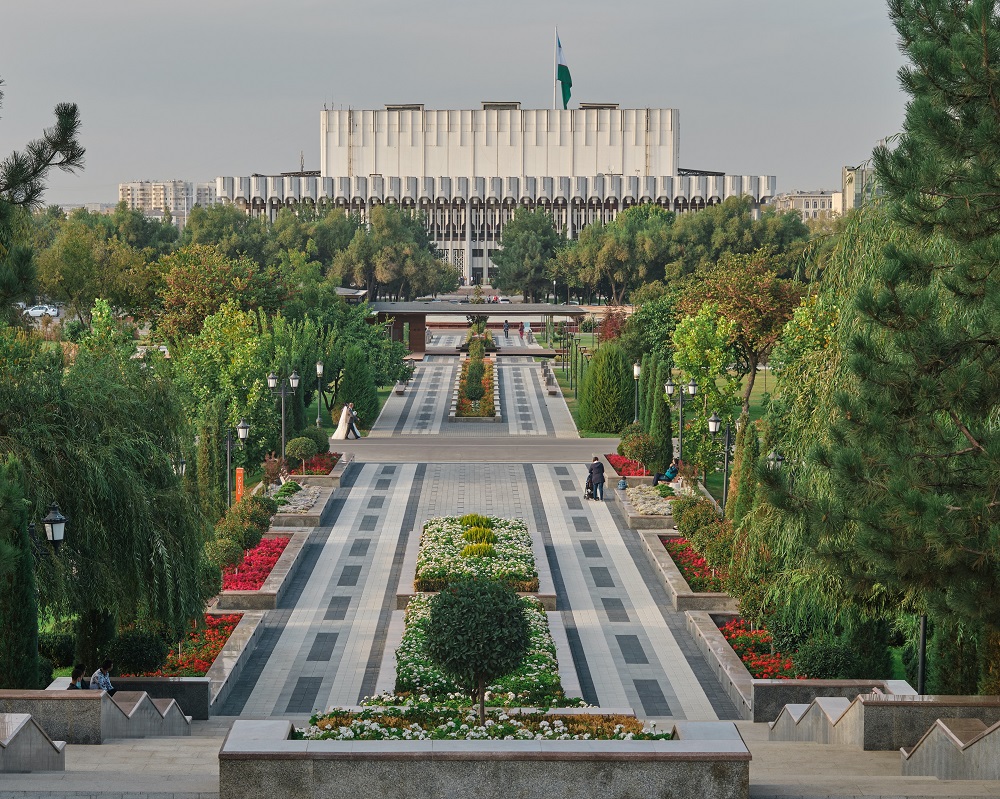
Today we're going to visit the sacred places of Tashkent. The first one is the Ensemble of Hazret Imam where you can see the oldest manuscript in Uzbekistan. Then we'll visit the famous UNESCO World Heritage site, Holy Koran Mushaf of Othman. Kukeldash Madrasah is our next visit. This monument was built in the 16th century during the reign of the Sheibankhan dynasty. Now, it is a college, where the basics of Islam are taught. Then we head to the Chorsu Bazaar, this is a wholesale oriental bazaar where you can buy local souvenirs and taste traditional sweets and snacks. After lunch, we'll visit the Museum of Applied Arts, The museum of history, and the White Mosque.
Accommodation: Shah Polan Hotel 3*
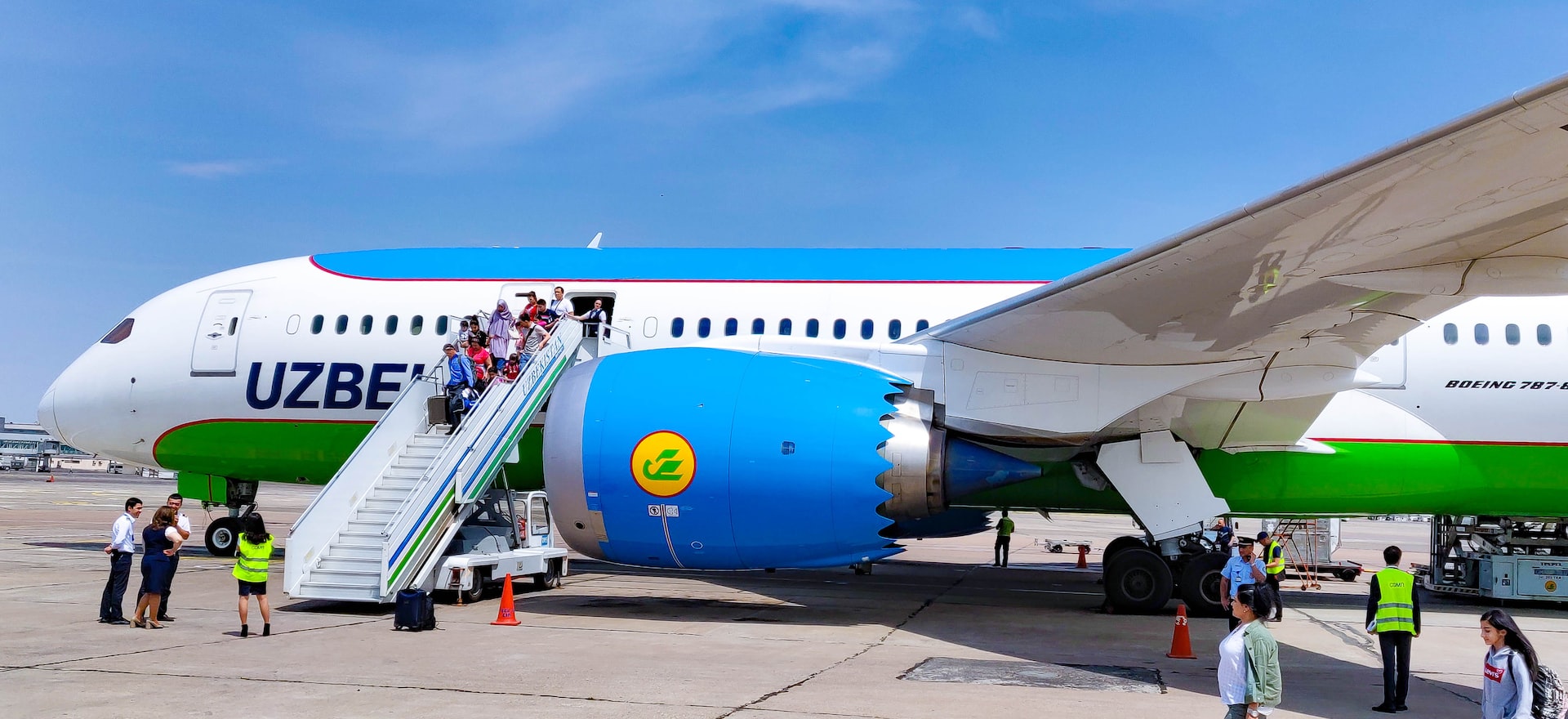
Today is the last day of the tour, You'll be transferred to the airport based on your departure flight time.
To enter Uzbekistan, visitors should have a visa (except for the 16 countries with a visa-free regime). To receive the visa, you should apply for visa support (letter of invitation) from a tour agency with a license from Uzbektourism. There are 51 countries with a simplified visa application procedure, meaning they do not need visa support to apply for a visa.
It is possible to obtain a visa at the international arrivals lounge of Tashkent International Airport if both of the following conditions are met: There is no Uzbekistan Embassy or Consulate in the country where you are originating your flight to Uzbekistan. Connecting flights to Uzbekistan, where Uzbekistan Embassy or Consulate exists, does not provide enough time to obtain a visa.
Spring (April to June) and autumn (September to October) are generally the most pleasant time to travel. The weather at this time is clear; in April, you will enjoy a colorful yet short spring in the desert. Autumn is harvest time, and the markets are full of fresh fruit. June and August are the best times for those who enjoy hiking because of the dry summer. In winter, the temperature usually varies between -5 and +5 (all temperatures are in Celsius), snow is usual for Uzbekistan, but there are sunnier than cloudy days. Coats, hats, gloves, and sweaters are recommended. In spring, the weather is mild; day temperature fluctuates between +15 and +25, reaching +30 - +35 close to summer. Casual, lightweight clothing for daytime and a light jacket or cardigan for the evening is suggested. If you plan to visit Uzbekistan in the summer, expect +36 - + 42. T-shirts and shorts will work best. It is highly recommended to wear a hat or a cap or to use a parasol. Early autumn is like spring; T-shirts for daytime and a light jacket might be needed occasionally for evening time. Mid-October and November are relatively calm; you will need light jackets during the day and a raincoat sometimes. Weather temperature decreases from 35 to 15 degrees from early to late autumn.
Generally, there are no strict limitations on clothing, especially in Tashkent and other major cities, where particularly young people enjoy full liberty with clothing. You can frequently encounter young ladies wearing traditional Islamic covers, but this is a personal preference rather than a must. In some provinces, however, such as Ferghana Valley, it would be better to avoid wearing shorts. The same rule is applied when visiting religious places, mosques, mausoleums, etc. Also, ladies should cover their shoulders and chest and preferably wear a hat or a headscarf. In the summertime, it would be advisable to follow the above recommendation to protect yourself from the sun. Also, sun protection lotions can be used.
Below we give distances between the main tourist cities. Cities Distance, km Tashkent-Samarkand 315 Tashkent-Shakhrisabz 390 Tashkent-Fergana 315 Tashkent-Bukhara 575 Tashkent-Khiva 1015 Samarkand-Shakhrisabz 90 Samarkand-Bukhara 265 Samarkand-Fergana 560 Samarkand-Khiva 710 Bukhara-Khiva 445 Bukhara-Fergana 825
| # | Discount group | From adult | To adult | Value |
|---|---|---|---|---|
| 1 | 1 Pax | 1 | 1 | 0 |
| 2 | 2 Pax | 2 | 2 | 50% |
| 3 | 3 Pax | 3 | 3 | 47.14912281% |
| 4 | 4 Pax | 4 | 4 | 60.36184211% |
| 5 | 5 Pax | 5 | 5 | 57.64473684% |
| 6 | 6 Pax | 6 | 6 | 64.70394737% |
Nicolas
11 day private cultural tour of Uzbekistan in April 2022